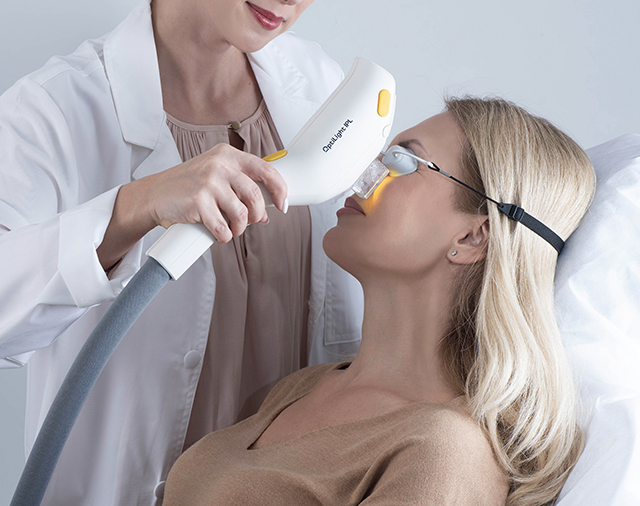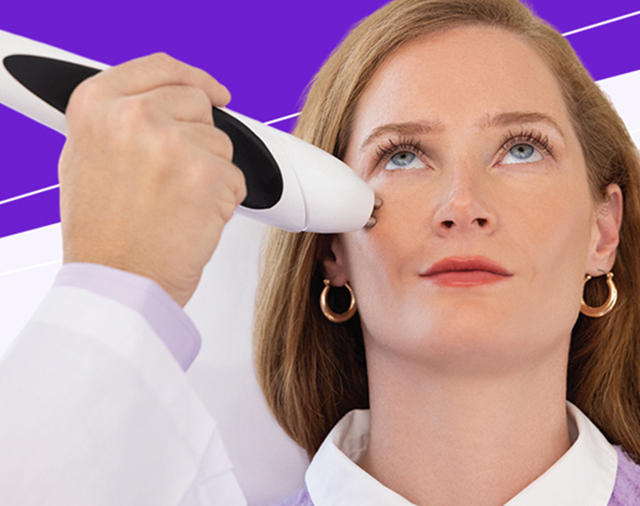
Our mission is to build a culture of integrity, compassion, and excellence while serving our patients and each other through high performance in all areas. We provide exceptional care to every patient by utilizing the most advanced technology, research, and education available.

Routine eye exams are a vital aspect of preventive eye care. Without routine eye exams, vision issues often go undetected since most eye disorders don't have clear symptoms.
Dry eye/ocular surface disease can have a major impact on your quality of life. You may find your eyes get tired faster, your vision gets blurry or your eyes get red, burn, itch, water, or feel generally irritated. These can all be signs of ocular surface disease. Let us help!
Diabetes is one of the most common chronic health conditions in the United States with an estimated 100 million adults currently living with diabetes or pre-diabetes. Our high-level retinal imaging helps us view blood vessels in the back of the eye that can easily be stressed and affected by diabetes.
During a contact lens exam, we will discuss your goals as well as the best and most advanced contact lens options for you. We will then evaluate the contact lenses on your eye to ensure they are giving you the best fit, comfort and vision.
Some patients have corneal abnormalities which mean that conventional lenses won’t sit comfortably on the surface of their eyes, while others suffer from eye conditions that mean normal contact lenses won’t be comfortable or could irritate their eyes.
There is a global concern that kids are getting nearsighted or myopic starting at an earlier age and at a faster pace than ever before. There are now therapies that can slow down the progression of nearsightedness/myopia. Ask us today!
A thorough investigation of your child's overall health of the eye and the visual system is important since some childhood vision problems can go undetected.
Some common things that we manage are cataracts, glaucoma, and macular degeneration. More than 4.2 million people in the U.S. alone over the age of 40 are partially blind or have poor visual acuity. For the best outcome, it’s important to see an eye doctor regularly. They can identify any issues before they become serious problems.
Eye emergencies cover a range of incidents and conditions such as red eyes, infections, trauma, cuts, scratches, foreign objects in the eye, burns, chemical exposure, and blunt injuries to the eye or eyelid.

Answer a few quick questions to find out if your symptoms could be related to dry eye disease.


Dry eye occurs when a person’s eyes don’t produce adequate tears to keep them lubricated or when tears don’t work the way they should. MGD is a condition that affects the small glands in the eyelid responsible for making the oil layer for tears.
Having to deal with one of these problems is bad enough. However, living with both can prove debilitating for some people. Thanks to OptiLight, people with the two conditions get much-needed relief.

Powered by Lumenis' proprietary non-invasive technology, OptiLIFT tones and stimulates the muscles under the eye (periorbital muscles) to address lower eyelid function and provide a tighter look.
CLINICALLY PROVEN TO ENHANCE BLINKING EFFICIENCY BY 70%

